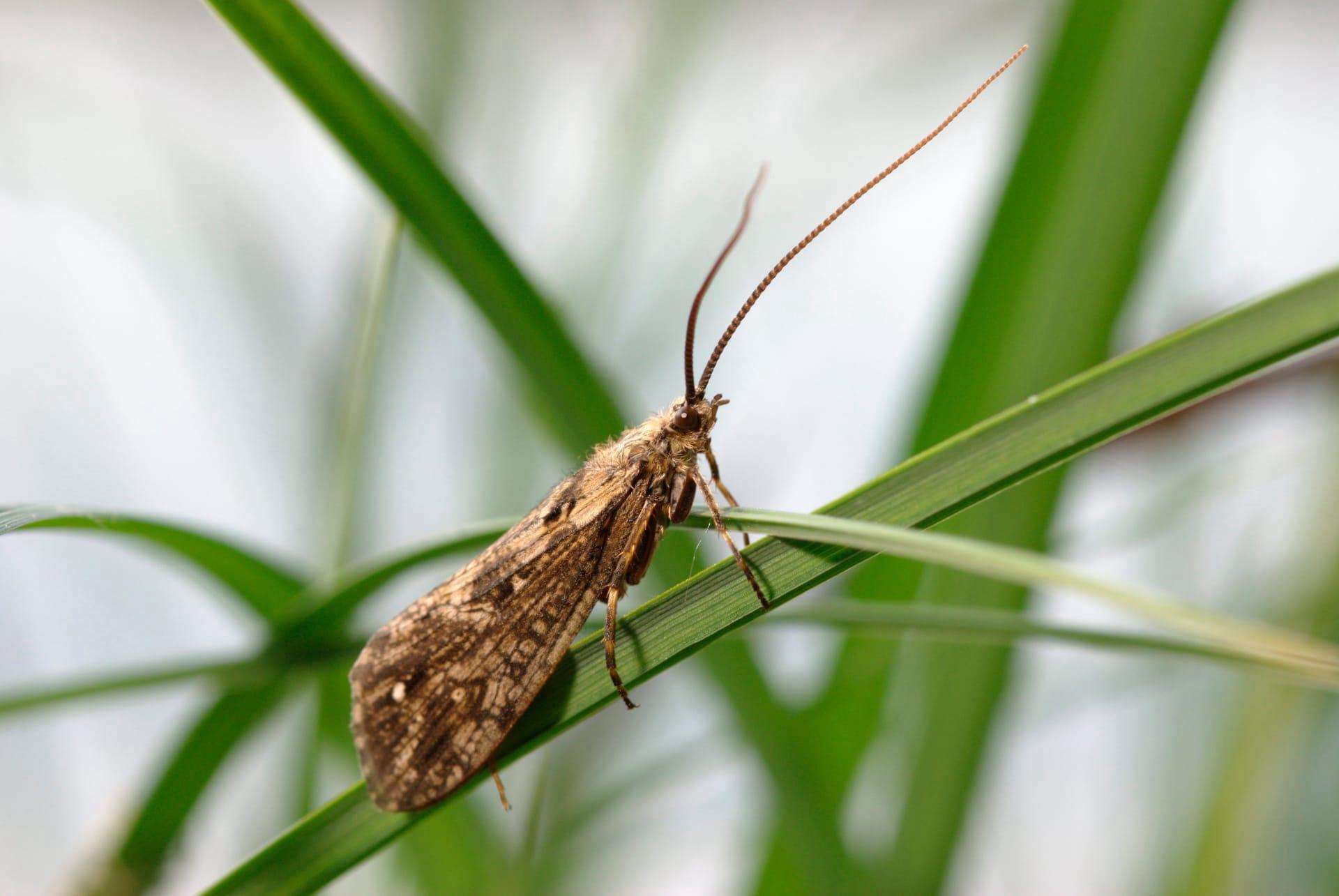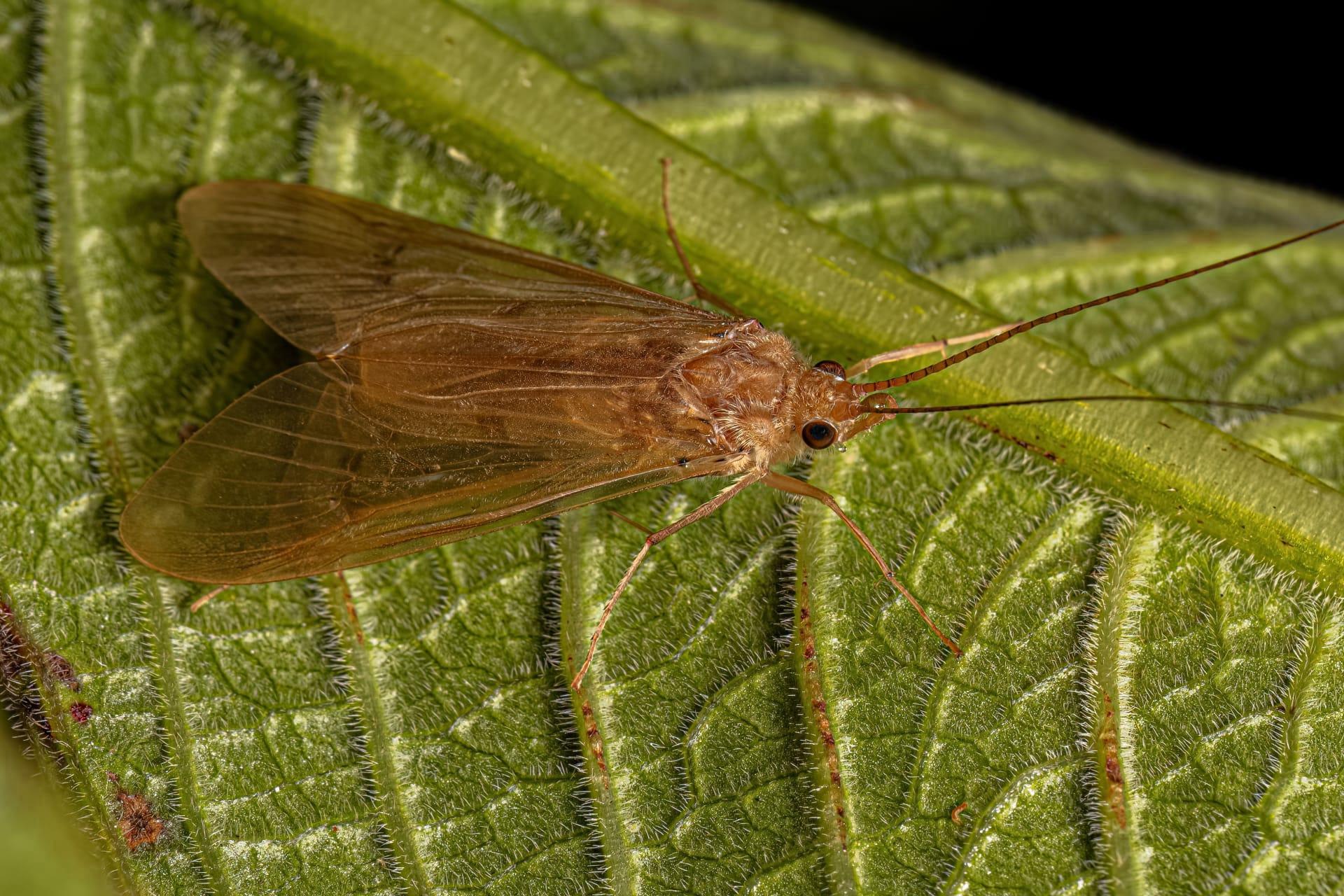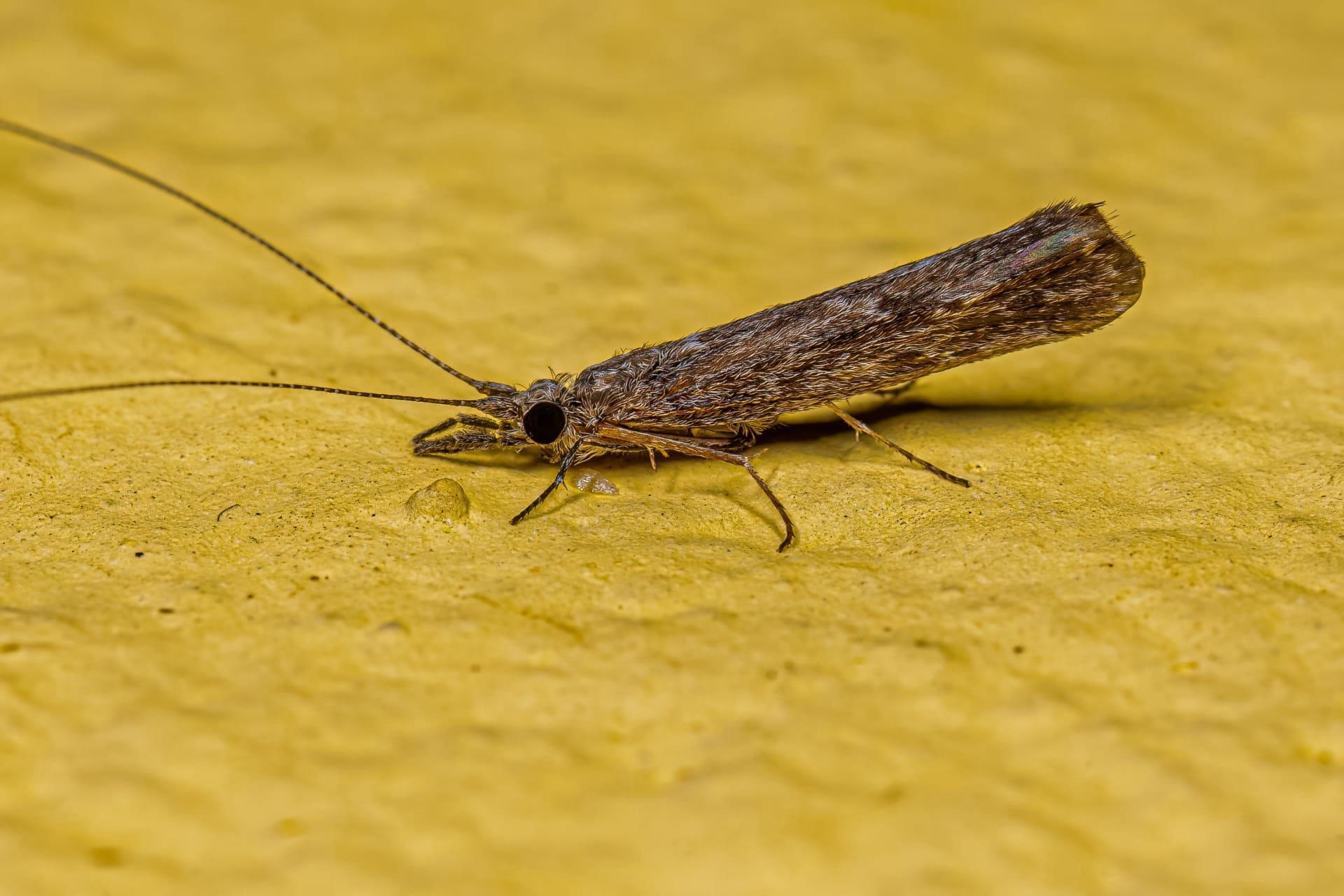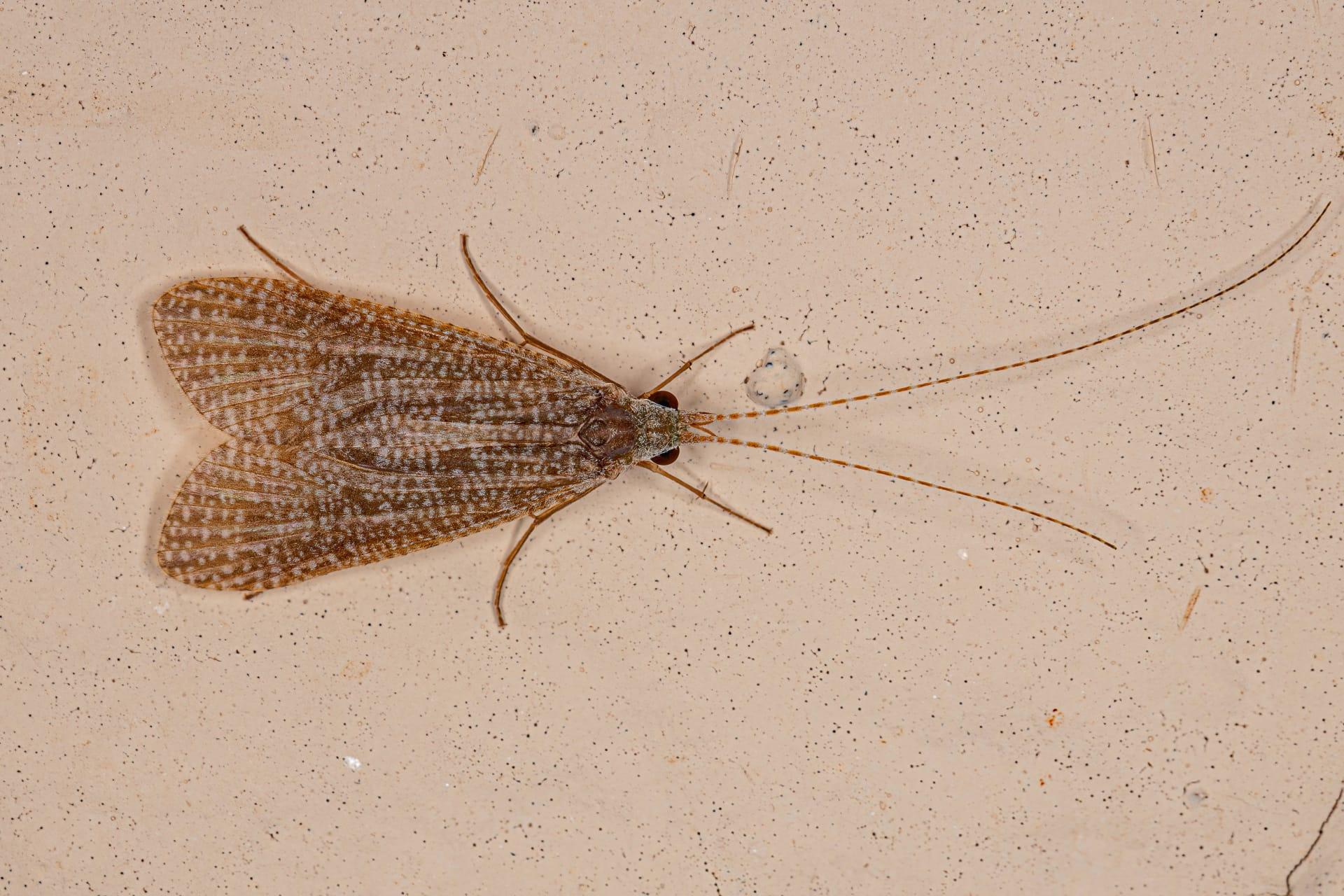1
Caddisflies, belonging to the order Trichoptera, are known for their unique larval cases. These cases are intricately constructed by the larvae using materials like sand, plant debris, and small stones. Each species has a distinct case-building style. For instance, some species create a smooth, sand-covered case, while others opt for a more rugged appearance using larger stones. The size of these cases can range from a mere few millimeters up to 15 centimeters, depending on the species. This architectural prowess serves not just for protection but also aids in camouflage, blending seamlessly with the riverbeds and streams where they reside.
Another fascinating aspect of caddisflies is their role in freshwater ecosystems. They are a crucial component of the aquatic food chain, serving as a primary food source for fishes and other aquatic animals. The larvae, with their diverse feeding habits, range from being detritivores (consuming dead plant material) to predatory. This dietary diversity contributes to the health of aquatic systems by aiding in the breakdown of organic materials, thus maintaining the ecological balance. The presence and abundance of caddisflies in a water body are often used by scientists as indicators of water quality, with a higher number signifying cleaner water.

2
During the transformation from larvae to adult, caddisflies undergo a remarkable process known as complete metamorphosis. This involves four stages: egg, larva, pupa, and adult. The pupal stage is particularly interesting. The larva constructs a protective cocoon around itself, often incorporating a layer of gravel or leaves for additional safety. Inside this cocoon, the larva transforms into a pupa and eventually emerges as an adult. This metamorphosis can last from a few weeks to several months, depending on environmental factors such as temperature and water quality.
Adult caddisflies, unlike their larval forms, are primarily terrestrial and possess wings. These wings, often described as "hairy" or "fringed," can span from 3 to 40 millimeters. The adults have a short lifespan, usually not exceeding a few weeks. In this time, their main objective is reproduction. Interestingly, adult caddisflies do not feed; they rely on the energy reserves accumulated during their larval stage. This biological adaptation underscores the critical importance of the larval stage for their survival and reproduction.

3
The mating rituals of caddisflies are a spectacle. Many species perform elaborate aerial dances to attract mates. These dances involve a series of ascents, descents, and hovering, often occurring at dusk or night. The males, in particular, are known to exhibit unique flight patterns as a display to entice females. Once a pair is formed, mating occurs on the ground or vegetation. The females then lay their eggs on or near water, ensuring the next generation of larvae can easily access their aquatic habitat.
Another intriguing fact about caddisflies is their sensitivity to pollution. Since they require high-quality water for survival, any changes in water chemistry can significantly affect their populations. Researchers use this sensitivity as a bioindicator to assess the health of aquatic environments. A high abundance of caddisflies typically signifies a well-oxygenated, clean water body. Conversely, a decline in their population often signals pollution or ecological disturbances, making them a valuable tool for environmental monitoring and conservation efforts.

4
Caddisflies have a special relationship with silk. Larvae produce silk from glands near their mouths, which is used as an adhesive to construct their protective cases. This silk is exceptionally strong and flexible, allowing the larvae to attach various materials to their cases and repair damages. The silk's properties have fascinated scientists, leading to research on its potential applications in biotechnology and materials science.
These insects also display a remarkable adaptation in breathing underwater. Caddisfly larvae breathe through gills, which are either external or internal, depending on the species. Some have gills along their abdomen, while others employ their silk cases as a mechanism to aid in respiration. They create a water flow through the case, which facilitates gas exchange. This ability to breathe underwater is crucial for their survival in aquatic habitats and is a prime example of their specialized adaptations.

5
The diversity of caddisflies is astounding, with over 12,000 species identified worldwide. This diversity is reflected in their varied habitats and lifestyles. While most are found in freshwaters like streams and rivers, some species have adapted to live in more extreme environments, such as temporary pools, underground waters, or even in semi-aquatic conditions. The sheer variety of habitats they occupy demonstrates their adaptability and evolutionary success.
Caddisfly larvae are known for their impact on streambed engineering. Their case-building activities can significantly alter the microhabitat structure of streambeds. By moving sediments and organic materials, they influence the distribution of nutrients and the flow of water, impacting other aquatic organisms. This role highlights the importance of caddisflies in shaping and maintaining the health and dynamics of freshwater ecosystems, underscoring their significance beyond just being a species in the food web.